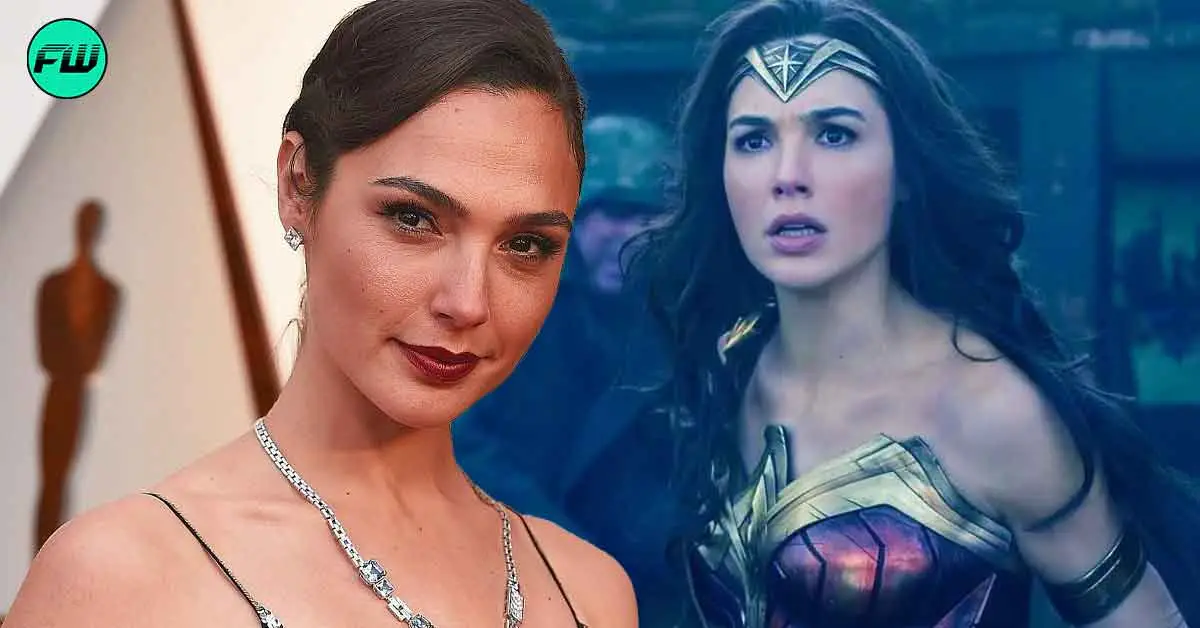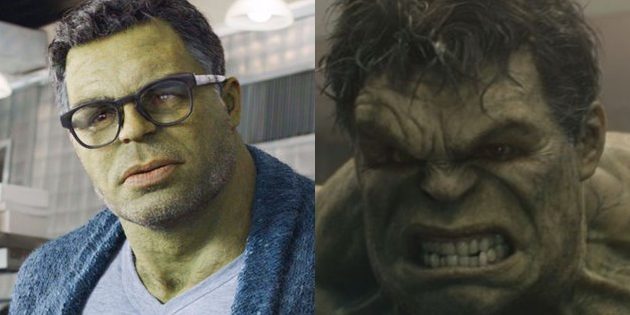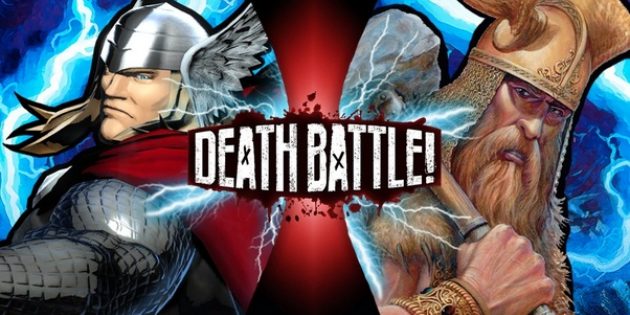The Marvel Cinematic Universe (or MCU for short) is the biggest film franchise of all time by a country mile (certainly in terms of box office revenue), and the latest instalment (Avengers: Endgame) is on track to knock Avatar off the top spot at the worldwide box office. One of the franchise’s most popular and iconic characters is Steve Rogers, a.k.a. Captain America, the super-soldier who was frozen in 1945 and awoke in 2011, where Nick Fury recruited him to the Avengers initiative.
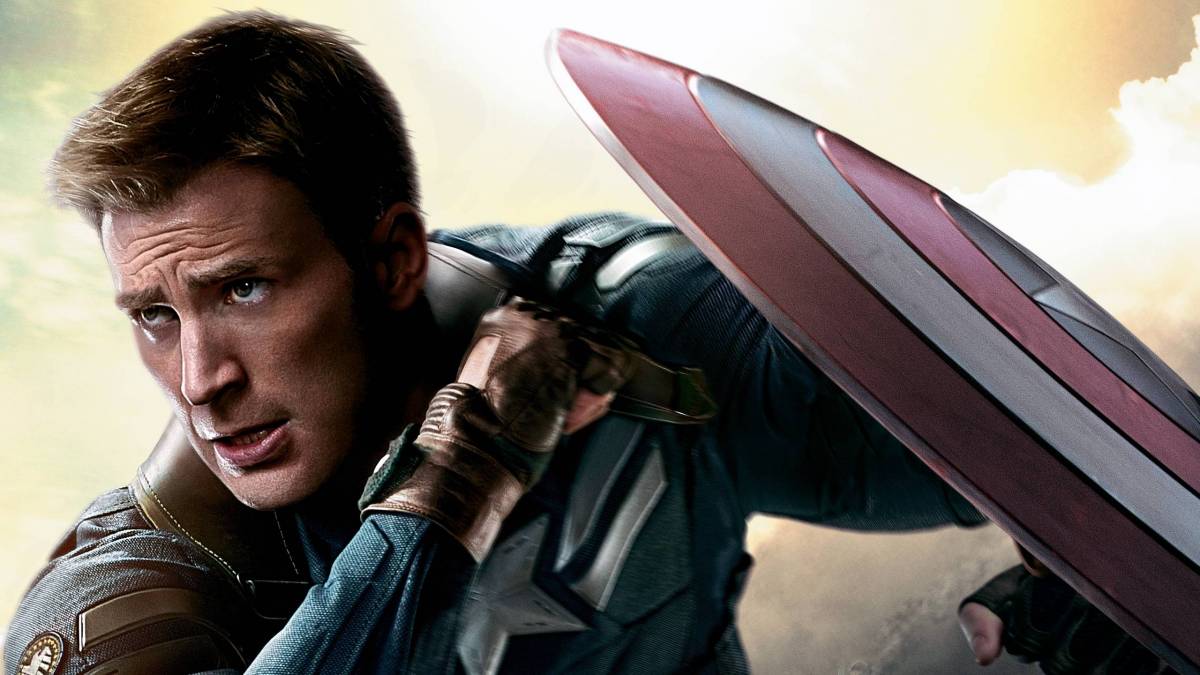
In his most iconic role to date, Chris Evans has starred as the super-soldier in the Captain America trilogy and all four Avengers films, while also cameoing in Thor: The Dark World, Ant-Man, Spider-Man: Homecoming and Captain Marvel.
With Captain America (or ‘Cap’ as he is affectionately known) having been so prominent in the franchise, there are going to be some moments that stand out more than others, due to their screenwriting or their significance to the character himself. So, without further ado, here are the ten best Captain America moments in the MCU. Be warned though – there will be some spoilers for Avengers: Endgame in this list.
10. “Patience” (Spider-Man: Homecoming)
For years now, Marvel fans have known that if they remain in their seats for the entirety of the end credits then they will be rewarded with a post-credits scene, which often foreshadows an upcoming MCU film. In Spider-Man: Homecoming it is established that, prior to the events of Captain America: Civil War, Cap recorded some educational videos which are used as part of the high school curriculum. One such video is used as the post-credits scene, in which Cap looks at the camera and speaks of how important patience is, even if the end result is disappointing.
This moment is fan service at its best, as Cap is basically congratulating the viewer on waiting for nearly 10 minutes after the film ended, just as they may well have done with every previous MCU film. Cinema screens were filled with laughter worldwide at such a simple, yet brilliant post-credits scene, which has subsequently become one of the franchise’s most popular ones yet.
9. Taking Charge (The Avengers)

During the first Avengers film, it becomes clear that Cap is struggling to adjust to life in the 21st Century (not surprising, given that he missed the latter half of the 20th) and, upon meeting the rest of the Avengers, he regularly finds himself at loggerheads with Tony Stark, who comes across to him as egotistical and somewhat power-hungry. However, they learn to work together and, upon arriving in New York to take on Loki and his forces, Tony lets Cap take charge, the World War II super-soldier using his combat experience and leadership skills to their advantage.
It is a simple moment, but one that cements the fact that the two men have come to respect and appreciate each other, which ultimately established the Avengers’ dynamic for the future of the MCU. Cap would go on to be the leader of the Avengers, looked to for his leadership skills in all future Avengers films, which Tony – the Avengers’ benefactor – was shown to be content with in Avengers: Age of Ultron.
8. Visiting Peggy Carter (Captain America: The Winter Soldier)
Despite having indicated a willingness to try to adjust to and live a full life in the 21st Century, it becomes clear that this is going to be far easier said than done for Steve when he visits the love of his life – Peggy Carter, who is now in her 90s.
Peggy expresses regret that Steve was unable to live his life, that the circumstances were not different. She tells Steve that the best thing that he can do is start over, as the past cannot be changed, but the moment becomes truly heartbreaking when it becomes clear that Peggy is suffering from Alzheimer’s disease and does not remember Steve entering the room only minutes earlier, while Steve says that he could not leave his “best girl”.
It is a harrowing moment, which emphasises just how much Steve’s reality has changed beyond his control, and which foreshadows the fact that he would never be able to move on with his life, no matter how hard he tried, a fact which would be revisited in Avengers: Age of Ultron and Captain America: Civil War, and define the end of his story arc in Avengers: Infinity War.
7. “I can do this all day” (Captain America: The First Avenger)
Obnoxious cinema-goers who heckle and talk are irritants, but ones who many of us feel a bit too awkward to approach. Not Steve Rogers though. A scrawny pipsqueak who has been banned from enlisting due to his health problems, in 1942 he proved himself brave when he told an obnoxious cinema-goer who was disrespecting the U.S. Military to “shut up”. The obnoxious chap is a lot bigger than little Steve, and subsequently takes him into an alleyway and starts to beat him up. Stubborn Steve refuses to be beaten though, standing his ground and saying “I can do this all day.”
He would have been beaten badly had his childhood friend Bucky Barnes not intervened, but this ultimately foreshadows just how brave Steve would go on to be after becoming Captain America. In future appearances, Steve would continue to fight even when he was worn down and exhausted (notably in Avengers: Infinity War when, even with five Infinity Stones, Thanos still had to punch him twice to keep him down), showing bravery, resilience and stubbornness, while he went on to repeat “I can do this all day” in Captain America: Civil War and Avengers: Endgame.
6. Facing the Winter Soldier (Captain America: The Winter Soldier)
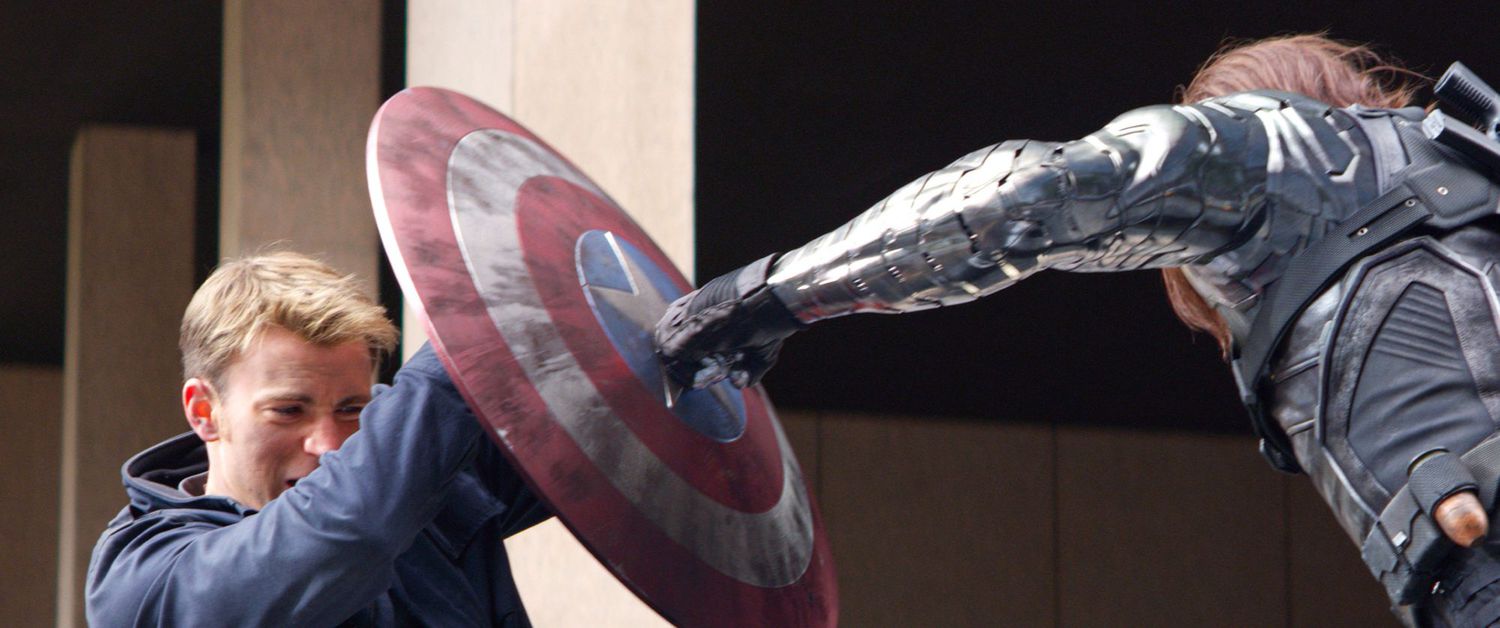
By the film’s climax, it has been established that Bucky Barnes is the Winter Soldier, who has been brainwashed and physically enhanced to the point where he shares the same abilities as Cap. In the film’s climax, Cap confronts his old friend and, before engaging in a brutal and exciting fight which ends with him briefly incapacitating Bucky, makes it clear that he does not want to fight a man whom he loves as a brother.
This further indicates Cap’s inability to move on from the past, and emphasises his love and loyalty to his oldest friend, whom he has already grieved for once. This is emphasised most, however, when the helicarrier that they are on begins to fall from the sky. Cap saves Bucky but refuses to fight his old friend again, instead trying to get through to him, telling him who he really and making it clear that he will never give up on Bucky, showing Cap’s nobility and cementing an ongoing plot which would ultimately be the catalyst for many of the events of Captain America: Civil War.
5. Pursuing Bucky (Captain America: Civil War)
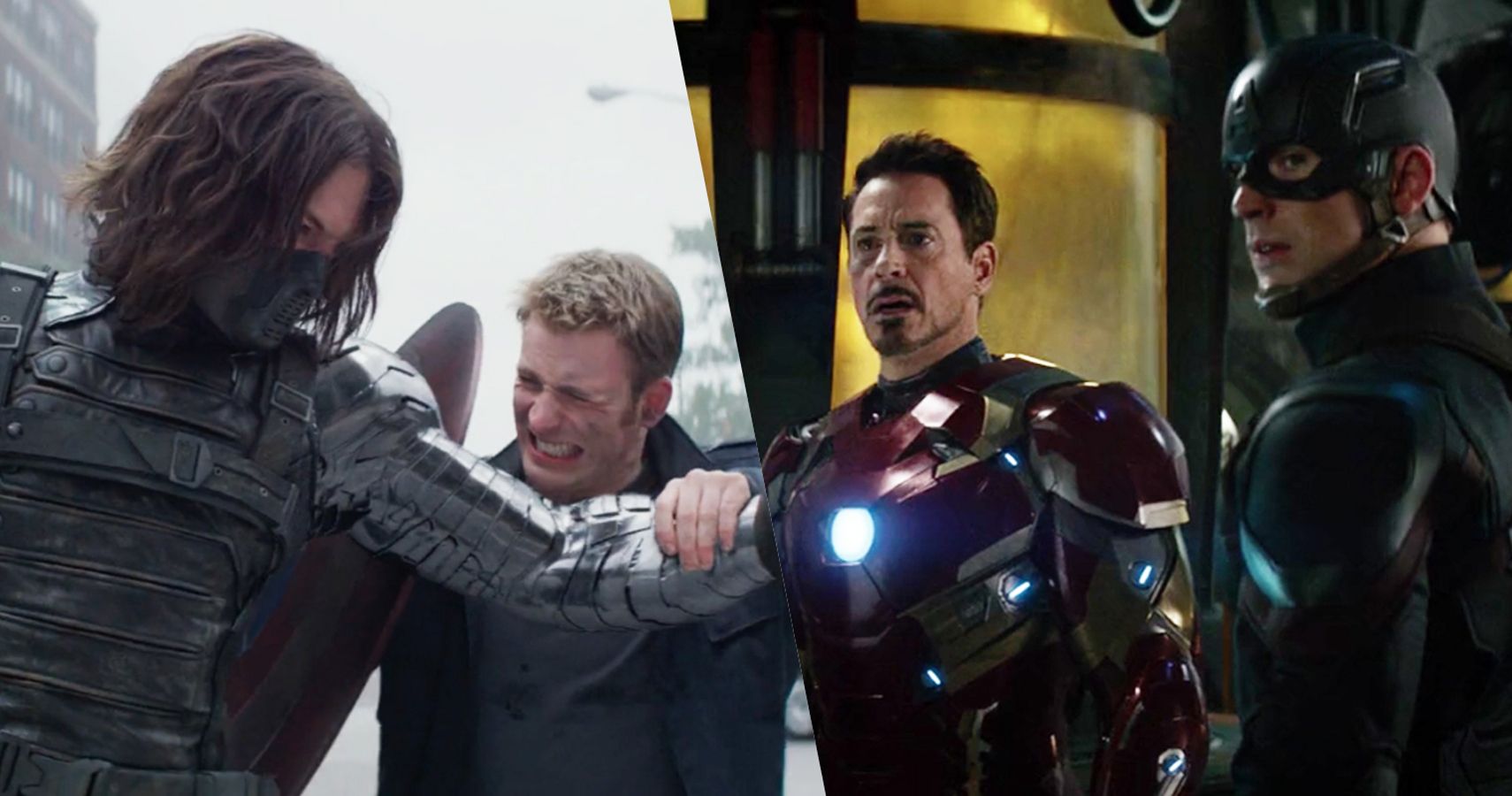
Following the events of Captain America: The Winter Soldier, Cap continued to try to find Bucky, which became more urgent after the Winter Soldier became the prime suspect in a bombing that killed King T’Chaka of Wakanda. Cap becomes determined to bring Bucky into custody himself, as the authorities and T’Chaka’s son, T’Challa, all intend to kill his old friend. Cap and Sam Wilson track Bucky down to Bucharest, with Special Forces not far behind them and, when Cap and Bucky reunite, Bucky reveals he remembers their past and Cap makes it clear that he is there to save him.
What follows is a terrific chase sequence, which proves a huge challenge for Cap – not only must he stop Special Forces and T’Challa (now the Black Panther) from killing Bucky, but he has to stop Bucky from killing them. It is a very exciting and intense scene for three of the most overpowered humans within the MCU, which emphasises the strength of Cap’s love for Bucky, his noble character and his super-soldier abilities – a great way to follow-up the climax of The Winter Soldier. Furthermore, Cap’s wholly different approach to stopping Bucky emphasises more than almost anything else the Avengers’ imminent division.
4. Becoming the Super-Soldier (Captain America: The First Avenger)

When Steve is recruited to the Strategic Scientific Reserve, he agrees to be the guinea pig for the “super-soldier” experiment (which would lead to him becoming Captain America). When Steve undergoes the treatment (in which he is dosed with “vita-rays” and injected with a special serum) his stubbornness comes through again as he refuses to give in to the agony it causes him, which pays off when he comes out of the other side. Seeing Steve become a tall, muscular super-soldier is a triumphant moment, as the viewer cannot think of anyone more deserving, while there is also a brief, but well-written moment of underlying sexual tension between Steve and Peggy Carter.
However, this part of Steve’s story arc really comes into its own when he chases down a Hydra spy who tries to steal the super-soldier formula. It is an exciting scene which showcases Steve getting used to his new abilities (including super strength, super speed and super endurance), and also thinking on his feet – skills and traits which would go on to define Captain America’s heroism and fighting style in future films.
3. Worthy (Avengers: Endgame)
Having travelled back in time to retrieve the Infinity Stones, Bruce Banner successfully undoes the effects of the Infinity Snap, only for the 2014 Thanos to attack the Avengers HQ. Iron Man, Thor and Cap fight the Mad Titan but, even without any Infinity Stones, Thanos has the upper-hand. Just as he is about to kill Thor with Stormbreaker, Thanos is hit by Mjolnir. For that first split-second, everyone assumes that Thor has found enough strength to summon his iconic hammer…until it is revealed that Cap was the one to summon Mjolnir, having been deemed worthy.
It is a truly triumphant moment for Cap, emphasising the fact that he has grown throughout his story arc and has become (in many ways) the MVP of the Avengers, while seeing him use Mjolnir to hit his shield at Thanos makes him look all the more badass. It was also a lovely nod to Avengers: Age of Ultron, which hinted that Cap was the only other Avenger worthy of lifting Mjolnir, although (even with that taken into account) there will likely remain debate for years as to which point Cap became truly worthy of wielding the hammer.
2. Into the Ice (Captain America: The First Avenger)
By the time that Cap has his climactic final showdown with antagonist Red Skull on the latter’s aircraft, Bucky Barnes has seemingly fallen to his death, and a grieving Cap has led an attack to stop Red Skull from using weapons of mass destruction on America. The fight ends with Red Skull being sucked into a wormhole, and the Tesseract burning through the aircraft’s floor and falling into the ocean below. Cap takes control of the plane, but realises that he must crash it in the Arctic, or else the weapons of mass destruction could be detonated and thousands killed.
It is a heartbreaking scene, as Cap has one last conversation over the radio with Peggy Carter (who is visibly devastated at the prospect of losing the man that she loves), which is cut short when he crashes into the ice. While Cap obviously ended up surviving and being thawed out nearly 70 years later, this is nevertheless a great example of the MCU doing heartfelt character-driven drama, while also being the finest example of Cap’s selflessness, his willingness to sacrifice himself to save others, which was revisited a number of times in his future film appearances.
1. Passing the Shield On (Avengers: Endgame)

At the end of Avengers: Endgame, with Thanos having been defeated once and for all, Steve goes back in time to return the six Infinity Stones and Mjolnir to the points in history where they were retrieved in the first place. However, Bruce Banner, Sam Wilson and Bucky Barnes begin to worry when they cannot bring Steve back to the present. Bucky, however, notices an elderly man sitting on a nearby bench and, realising who it is, encourages Sam to approach the old chap. As Sam does so, it is revealed that the old man is Steve, who is now physically over 100 years old.
In a heartwarming reunion, Steve explains that he decided to take Tony Stark’s advice and live a life, so he chose to remain in the 1940s and live a full life with his beloved Peggy Carter. He then passes on the Captain America shield to Sam, handing over the title to his friend once and for all. Sam is visibly touched and promises to do his best with this new role and responsibility, and the viewers are left feeling warm inside and overjoyed that Steve finally got to live the life that he had spent 12 years regretting that he was unable to, that he finally found true happiness and contentment, and that he finally got that dance which Peggy promised him moments before he crashed into the ice in 1945. If that is not a fitting finale to Steve’s story arc, then what is?



